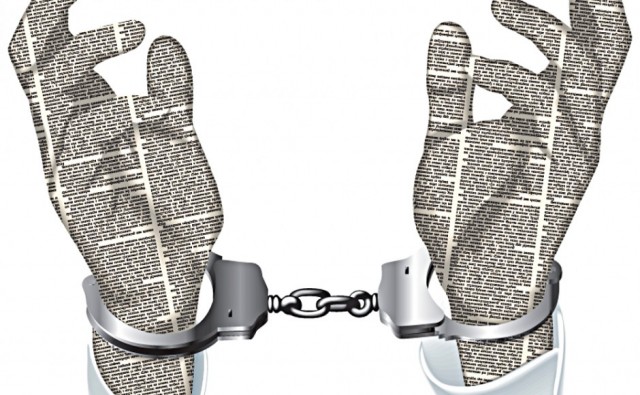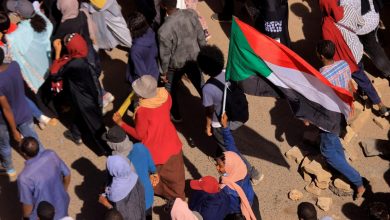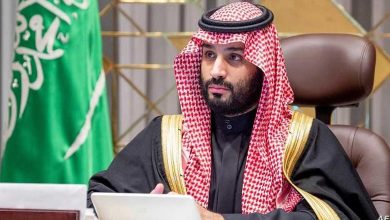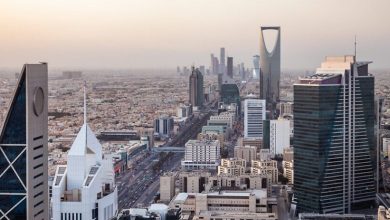The authoritarian regime of Saudi restricts the freedom of the press

The authoritarian Al Saud regime restricts the freedom of the press in Saudi Arabia and puts it in confrontation with the oppressive legal authority.
The Gulf Press Freedom Monitoring Group highlighted the “red line” of restrictive, strict, and brutal laws in Saudi Arabia to monitor journalistic practice.
A study by the Foundation stated: Compared to the age of the Arab press, the press in the Gulf, especially in Saudi Arabia, is considered relatively new and has a path different from that of the press in other Arab countries such as Iraq, Egypt, Lebanon, Syria and some countries of the Maghreb.
This does not mean complete isolation from the challenges of the Arab press, on top of which is the task of confronting the security mind and penetrating the system of authoritarian regimes or absolute rule. The Gulf press faced some of these challenges, especially in its infancy and quest to approach the international and Arab press or be the representative of the Fourth Power.
The Gulf Arab regimes did not know a constitutional separation between the three authorities to allow the press to be the fourth authority.
Since the establishment of the Arab Gulf sheikhdoms and their formation in the image of modern states, these regimes have not granted their peoples doctrinal constitutions, except Kuwait.
As for Bahrain, its constitutional experience was concise, not exceeding three years, while the rest of the Gulf states are still stumbling in their constitutional structure.
The desert culture remained dominant over the systems of society and far from the culture of the modern social contract. This was reflected in the environment of the journalistic field and the regimes’ efforts to restrict it with legal frameworks derived from the nature of absolute rule prevailing among the Arab Gulf states.
Before conducting a preliminary review of the press laws in the Gulf states, it is worth noting that there was a stage in which the press rebelled against the regimes of absolute rule and, as a result, was subjected to severe blows that led it to accept journalistic taming.
The taming began with a package of restrictive, strict and even brutal laws monitoring the journalistic practice, followed by the attempt to tame the journalistic content and push it to be loyal and not out of obedience. Then at a later stage, the press capital became a monopoly of groups allied with the regimes.
From a preliminary review of the press laws in the Arab Gulf states, we will find remarkable similarities in the legal arsenal controlling the journalistic field. The similarity imposed by the unification of political interests between these regimes and their unification in public liberties and public space strategies.
The proposed law would create new red lines for the media, close the space for public debate, and lead to a setback from the trend towards more openness that made Kuwait the subject of praise.
The introduction of this law in 2013 coincided with a crackdown on freedom of expression, as the government prosecuted many opposition politicians, online activists, and journalists on charges of insulting the emir over the previous months.
The control and dominance of the authorities over media tools and their mastery of the art of controlling the press and publications did not close the way for journalists and activists to open new doors and spaces to flee from the oppression of repressive laws.
This made citizen journalism, diaspora journalism, and spacious rooms as new tools alternatives to the traditional tools that are subject to censorship and accountability. However, Saudi Arabia and the rest of the Gulf governments have resorted to besieging these new spaces with separate and additional laws that aim to dominate and subject the new areas to oversight and accountability.





